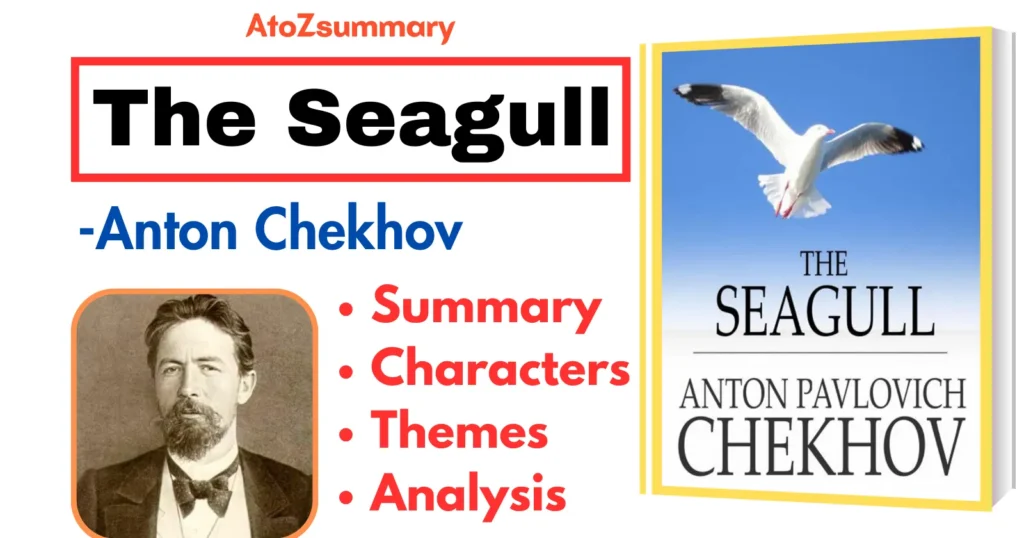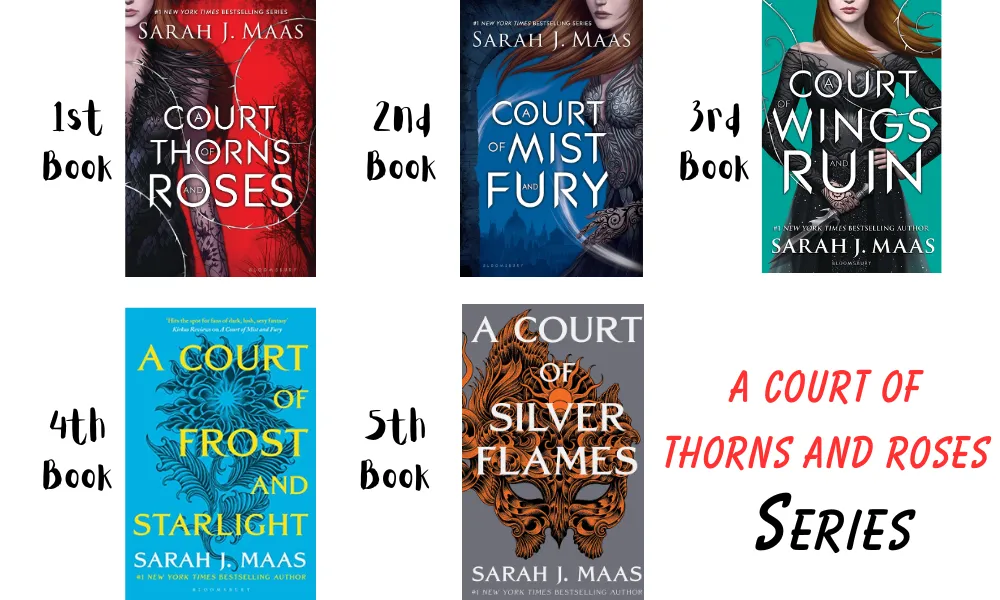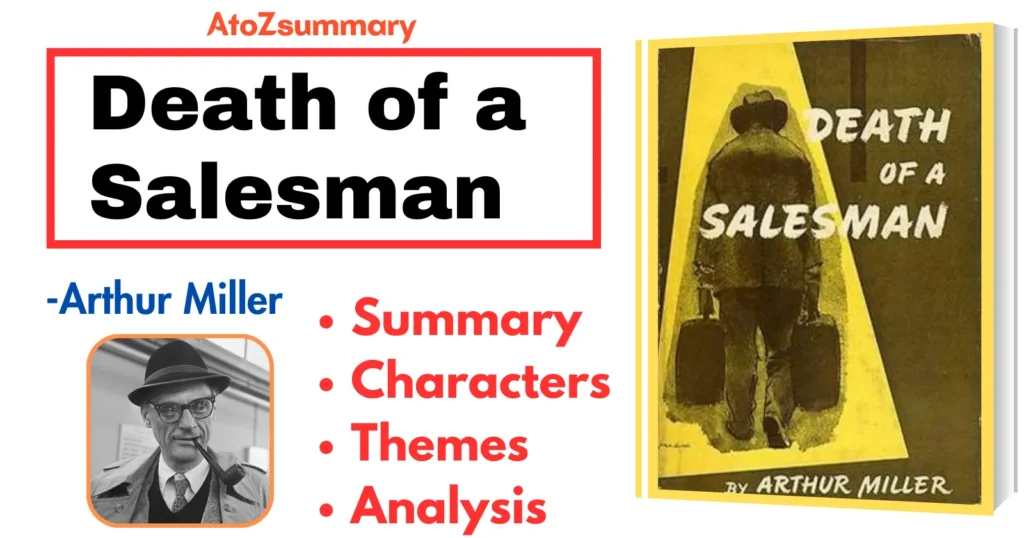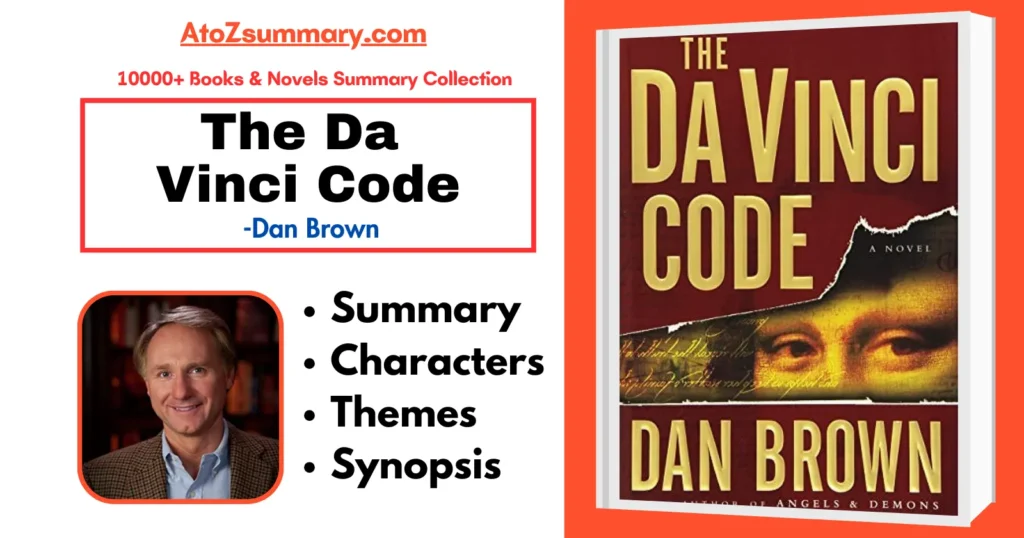
| Title | The Da Vinci Code |
| Author | Dan Brown |
| Publication Date | March 18, 2003 |
| Publisher | Doubleday (US) |
| No. of Pages | 689 Pages (U.S. hardback) 489 Pages (U.S. paperback) |
| Language | English |
| Genre | Mystery, Thriller, Historical |
| Setting | Contemporary Paris and London, with flashbacks to historical events and locations |
Characters
The main characters of “The Da Vinci Code” by Dan Brown are:
- Robert Langdon ➞ A smart professor who solves puzzles.
- Sophie Neveu ➞ A police officer who helps Robert.
- Sir Leigh Teabing ➞ A rich man who knows secret stuff.
- Silas ➞ A bad guy who follows orders.
- Jacques Sauniere ➞ A curator who starts the story.
- Bezu Fache ➞ A police boss who chases Robert and Sophie.
Themes
The themes of “The Da Vinci Code” by Dan Brown are:
- Secrets ➞ The book is about uncovering hidden truths and ancient mysteries.
- Religion ➞ It delves into the history and controversies surrounding Christianity.
- Art and History ➞ It connects famous artworks to historical secrets.
- Codes and Symbols ➞ The story revolves around deciphering puzzles and symbols.
- Conspiracy ➞ It involves a complex plot involving powerful organizations.
- Feminine Power ➞ The book highlights the role of women in history and spirituality.
Synopsis
The Da Vinci Code is a thrilling book by Dan Brown. It’s about a guy named Robert Langdon and a lady named Sophie Neveu. They’re trying to solve a mystery about a famous painting and some ancient secrets. The bad guys are chasing them, and they need to stay ahead to uncover the truth. It’s full of puzzles, clues, and adventures as they search for hidden messages in art and history.
Summary
A Silas, an Opus Dei monk, captures Jacques Saunière, the curator of the Louvre, and wants to know where the Holy Grail is. Silas shoots Saunière and leaves him to perish after hearing what she has to say. However, Saunière misled Silas over the location of the Holy Grail. Saunière paints a pentacle on his stomach with his blood, makes a circle with his blood, and pulls himself towards the center of the circle, imitating Da Vinci’s Vitruvian Man, realizing that he has only a short time left to live and that he must reveal his vital information. Invisible ink is also used to write a code, a line of numbers, and two lines of text on the ground.
Robert Langdon, the story’s protagonist & a professor of symbology, receives a call from police investigator Jerome Collet asking him to visit the Louvre to try to decipher the scenario. Langdon is not yet aware that he is being held accountable for the crime.
After killing Saunière, Silas phones the “Teacher” and informs him that Saunière said the keystone was located in Paris’s Church of Saint-Sulpice. There, Silas is sent by the Teacher. Silas finds that he has been duped after following Saunière’s hints about the keystone’s location. He murders Sister Sandrine Bieil, the church’s custodian & a sentry for the Priory of Sion, in a fit of wrath. When Langdon encounters Jerome Collet and police Captain Bezu Fache in the Louvre, he learns that the two officers believe he committed the murder.
When Saunière’s granddaughter Sophie Neveu, a department of cryptology agent, arrives at the crime site, she instructs Langdon to phone the embassy. Langdon dials the phone Sophie provided him, and her answering machine is heard. The message informs Langdon that Sophie is waiting for him in the Louvre restroom and that he is in danger.
Sophie reveals to Langdon in the restroom that Fache is watching his activities. To make the police believe Langdon has escaped from the Louvre, she throws the gadget out the window into a passing lorry.
The final phrase of the covert communication, “P.S. Find Robert Langdon,” is how Sophie explains to Langdon that her grandpa was trying to notify her: P.S. stands for Princesse Sophie, the moniker her grandpa gave her. Langdon speculates that P.S. may stand for the Priory of Sion, a bygone fraternity dedicated to upholding the practice of pagan goddess worship and the secrecy that Saunière died guarding.
The second & third words of Saunière’s message, which Langdon deciphers as, “Leonardo Da Vinci! “Mona Lisa!” Sophie goes back to the pictures to hunt for a new hint. Along with returning to the Louvre, the police detain Langdon. A key is discovered by Sophie behind the Madonna of the Rocks. She can disarm the policeman and escape the building with Langdon by holding the picture hostage.
Langdon discusses the background of the Priory of Sion and its military force, the Knights Templar, as Sophie and he drives toward the Swiss bank marked on the back of the key. He discloses that the Sangreal, or Holy Grail, is a collection of top-secret papers that the Priory guards. This topic is covered in Langdon’s most recent work.
The bank’s manager and Saunière friend André Vernet recognizes Sophie and assists her and Langdon in escaping when an unidentified security officer discovers that Sophie and Langdon are wanted criminals and contacts the police. The number found next to Saunière’s body leads Sophie and Langdon to conclude that it must be the account number needed to enter the vault. When they unlock the safe, they discover a cryptex, a communication tool created by Saunière and Da Vinci. Only a password will open the cryptex.
Vernet successfully sneaks Langdon and Sophie past Collet in the trunk of an armored vehicle. Vernet turns on them, but they escape with the cryptex, which Langdon discovers is the Priory keystone—that is, the key to all of the information the Priory has on where the Holy Grail is hidden.
To get his assistance in unlocking the box, Sir Leigh Teabing, a historian, is visited by Langdon and Sophie at his home. Teabing narrates the story of the Holy Grail to them, beginning with the historical proof that Constantine, not God, was the one who authored the Bible. He also provides proof that Jesus was married to Mary Magdalene, a woman of royal lineage, that they had children together, and that the legitimacy of Jesus’ divinity was voted upon by a vote at Nicaea. Teabing demonstrates to the group the secret meanings of The Last Supper & the Magdalene painting. He explains to them that Mary Magdalene’s body and the records demonstrating Mary’s blood ties to Jesus are indeed the Holy Grail. He claims that the reason the Church believed the Priory was ready to reveal this secret is why he believes Saunière and the others may have been slain.
Silas appears and smacks Langdon in the head as he displays the cryptex. Silas wants the keystone while holding Sophie and Teabing at gunpoint. However, Teabing fights Silas by striking him in the punishment belt area on the leg, while Sophie kills Silas by kicking him in the face. They restrain Silas.
Collet arrives at the castle, but Sophie, Langdon, the baby Silas, Teabing, and his aide Rémy flee and take off for England in Teabing’s private jet. Sophie discovers that a mirror may be used to read the text on the cryptex. The poetry, which alludes to “a headstone praised by Templars” and the “Atbash cipher,” which will aid them in determining the password, are finally understood by the group. Langdon recalls that the god Baphomet, who is occasionally depicted as a huge stone skull, was purportedly worshipped by the Knights Templar. The Atbash Cipher’s decoding of the word yields Sofia. However, when they open the cryptex, all they discover is another cryptex, this one containing a hint about a tomb where a pope had interred a knight. The orb that belonged to the grave of the knight must be located.
Teabing and the others are on the plane, Fache realizes. He phones the British police and requests that they surround the airstrip, but Teabing deceives them into thinking that he is the only person onboard the aircraft. Then he travels to London’s Temple Church, where the Pope’s assassinated knights are interred, together with Sophie, Langdon, Rémy, and Silas.
Silas is set free by Rémy, who also admits to being a disciple of the Teacher. When Silas tries to make Langdon give up the keystone by making demands, Langdon threatens to shatter it. Silas goes to the church to get the keystone. Rémy steps in kidnaps Teabing, and forces Langdon to hand over the cryptex.
While everything is going on, Collet and his men search Teabing’s home and get suspicious when they learn that he has been keeping an eye on Saunière. The Teacher gives Silas the go-ahead to allow Rémy to deliver the cryptex over the phone. In the park, Rémy runs across The Teacher, who murders him. The Teacher reports Silas to the police and makes a call to the police. Silas unintentionally shoots Bishop Aringarosa while trying to flee after being shot himself.
After bringing Bishop Aringarosa to the hospital, Silas collapses and passes away in a park. The next day in the hospital, Aringarosa furiously recalls how Teabing duped him into cooperating with his homicidal scheme by promising to assist the Opus Dei in winning back the Church’s favor provided the Bishop gave the Holy Grail to him.
Because Sir Isaac Newton was buried by Alexander Pope, Sophie, and Langdon’s study reveals that he is the knight they are seeking—the one buried by a Pope. They journey to Westminster Abbey, the location of Newton’s grave. With a message claiming to have Teabing, the Teacher entices them to the garden there. When they arrive, they learn that Teabing is the Teacher. Teabing had a suspicion that Saunière had opted against disclosing the Priory of Sion secret since doing so might result in Sophie’s death at the hands of the Church. He had decided to discover the Grail on his own because he wanted the secret to be made known.
Teabing hands the cryptex to Langdon and requests assistance from Sophie in opening it. Langdon deduces the password to be “apple,” the missing orb from Newton’s tomb. He quietly removes the papyrus after opening the cryptex. He then throws the empty cryptex into the air, leading Teabing to drop his gun to grab it and save the map within. Fache enters the space abruptly and seizes Teabing.
The second cryptex’s papyrus points Sophie and Langdon in the direction of Scotland, where Sophie discovers her brother and her grandmother. She learns at the reunion that her family is descended from Mary Magdalene and Jesus. The two say goodbye and agree to reunite in Florence in a month. When Langdon returns to Paris, he understands the poem, which directs him to the Louvre’s little pyramid-shaped structure where he believes the Holy Grail must be concealed.
FAQs
What is The Da Vinci Code about?
It’s a mystery novel about a professor solving puzzles to find hidden secrets about Jesus and Mary Magdalene.
Who’s the main character?
The main character is Professor Robert Langdon.
What’s the Holy Grail in the book?
It’s not a cup, but a secret related to Jesus and Mary Magdalene’s relationship.
Is it based on real history?
Some parts are inspired by history, but it’s mostly fiction.
Are there any codes to solve?
Yes, there are puzzles and codes that the characters must decipher.
Is there a movie too?
Yes, they made a movie based on the book.
About the Author-Dan Brown

| Author | Dan Brown |
| Birthdate | June 22, 1964 |
| Birthplace | Exeter, New Hampshire |
| Genre | Thriller, Mystery |
| Famous Works | 1. The Da Vinci Code 2. Angels & Demons 3. Inferno |
| Education | Bachelor’s in English |
| Amherst College | |
| Notable Style | Blend of history, art, and cryptography |

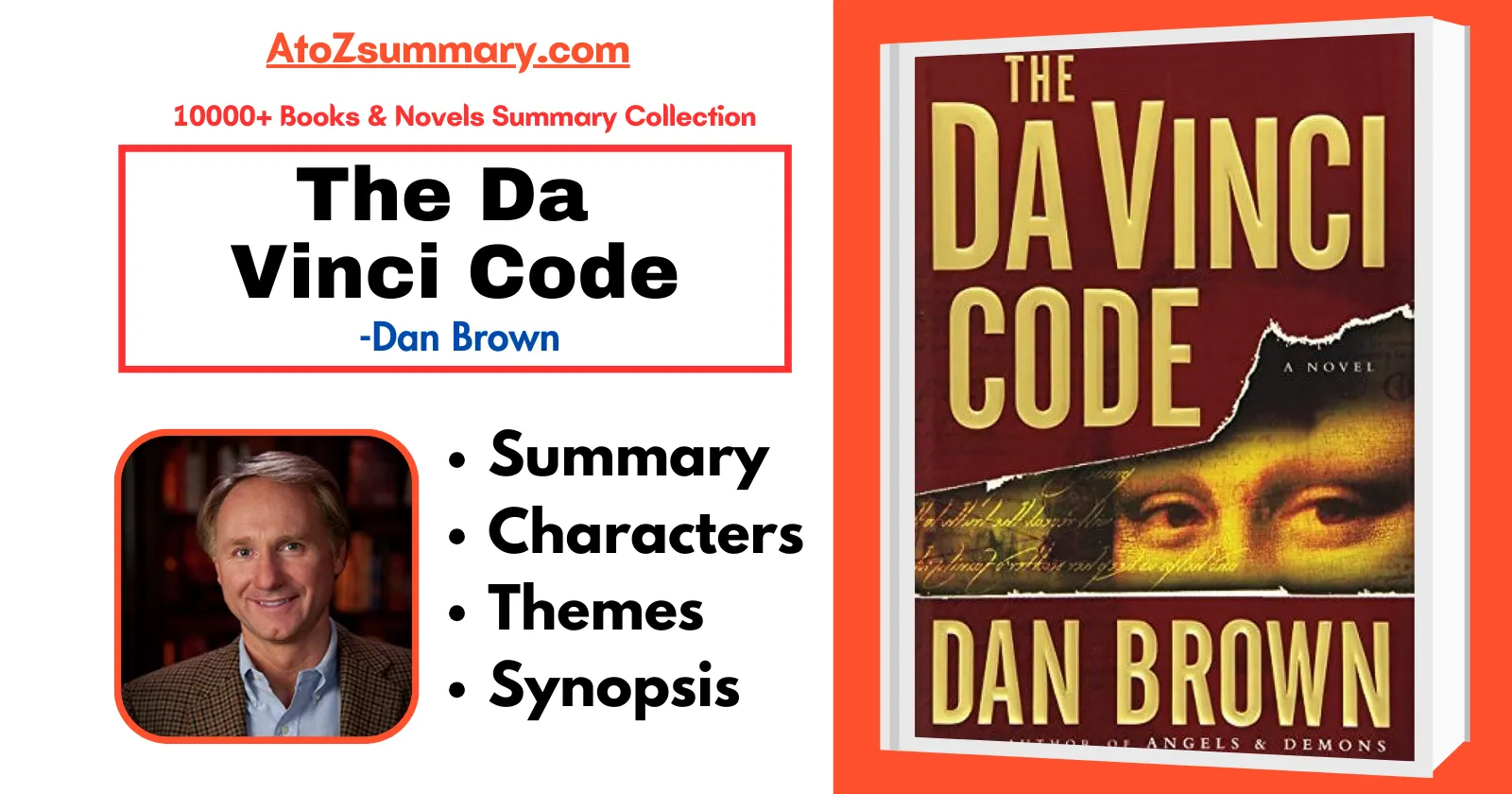

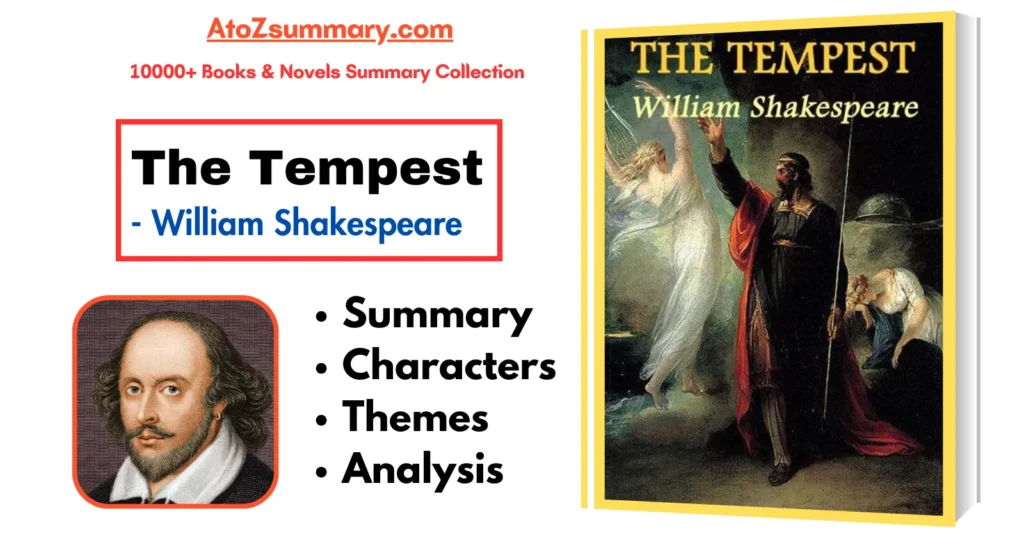
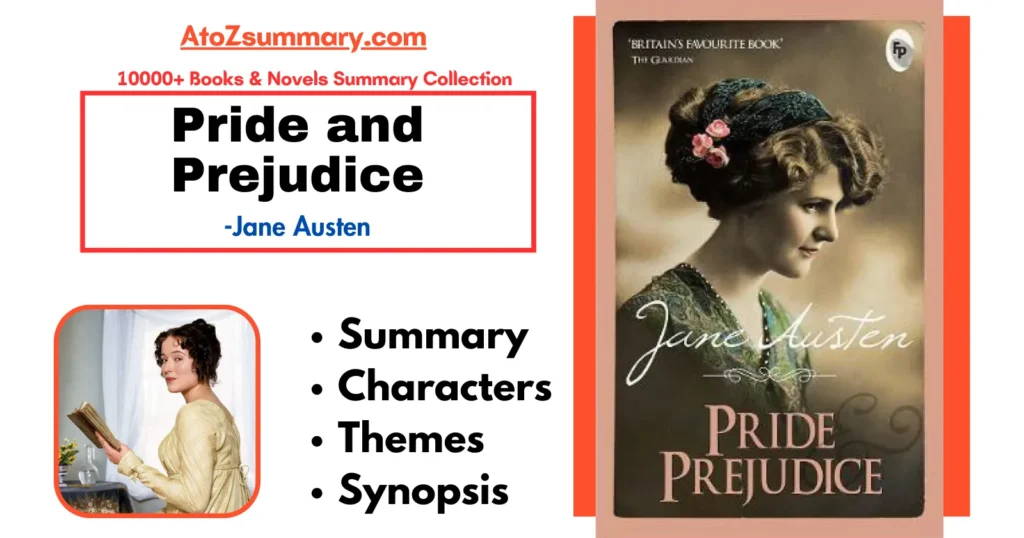
![An Offer from a Gentleman Summary, Themes, Synopsis & Characters [by Julia Quinn] An Offer from a Gentleman Summary, Themes, Synopsis & Characters [Julia Quinn]](https://atozsummary.com/wp-content/uploads/2023/05/An-Offer-from-a-Gentleman-Summary-Themes-Synopsis-Characters-Julia-Quinn-1024x576.webp)
